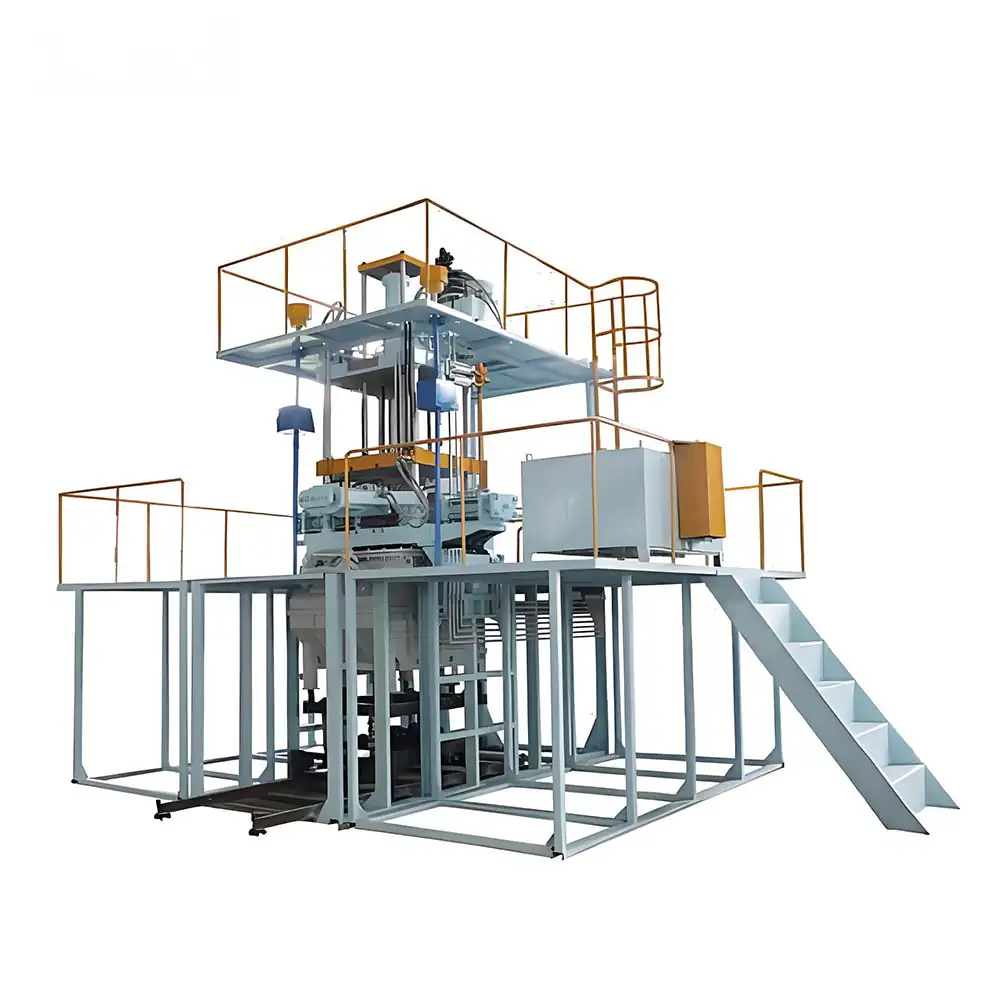Low pressure casting process
Date: 2024-08-05 Categories: Blog Views: 4693

Low-pressure castingIt is a method of forming castings by filling them with liquid metal under pressure. It is called low-pressure die casting because it uses very low pressure. The process (see figure 1) is: in the sealed crucible (or sealing drill), into the dry compressed air, liquid metal 2 in the gas pressure, along the ascending tube 4 rise, through the gate 5 smooth into the cavity 8, keep the crucible recreational hydraulic pressure until the casting is completely solidified, and then relieve the hydraulic pressure, so that the open tube is not solidified liquid metal flow crucible collapsed, and then open the casting through the cylinder 12.
Process specifications for low-pressure casting include charging, pressurization, preheating temperature, injection temperature, casting coating, etc.
(1) Charging and pressurization
Rising pressure is the pressure required when the level of metal liquid rises to the flow port. The rising speed of the metal liquid in the rising tube should be as slow as possible, which is conducive to the discharge of gas in the cavity, and the metal will not splash when it enters the flow port.
(2) Mold filling pressure and mold filling speed
Charging pressure Pa is the pressure required to lift the liquid metal charge to the top of the casting. During the filling stage, the rate of pressure rise on the full liquid surface is the filling rate
(3) Pressurization and speed of pressurization
After the liquid metal filled cavity, continue to increase the pressure, so that the crystallization of the casting in a certain size of pressure solidification. At this point, the pressure is called crystallization pressure. The greater the crystallization pressure, the better the shrinkage effect, and the final casting organization is more dense. However, in any case, can not increase the crystallization pressure to improve the quality of castings.
(4) Holding time
Cavity pressure increased to the product pressure, held at the crystallization pressure for a period of time, the casting is found to be completely solidified time required is called holding pressure time. If the pressure time is not enough, the casting is not completely solidified, cavity metal liquid all or part of the flow back to the donation, resulting in castings "empty" report: if the pressure time is too long, the casting remains too long, not only reduce the yield of the process, but also lead to the mouth of the flow "freezing", so that the casting is difficult to form. Castings are difficult to form, so production must choose the right pressure time.
(5) Casting temperature and flow injection temperature
Low-pressure casting can be used in a variety of casting types, non-metallic working temperature is generally room temperature, first of all, special requirements, metal working temperature has certain requirements, such as low-pressure castingaluminumThe working temperature of the metal is generally controlled at 200~2500 C, and the flow of thin-walled complex parts, up to 300~3500 C. Regarding the pouring temperature of the alloy, it has been proved that it should be as low as possible under the premise of ensuring the formation of castings.
(6) Coatings
If metal-type low-pressure casting is used, it must be painted to improve its service life and casting quality; the coating should be uniform, and the thickness of the coating should be determined according to the surface finish of the casting and the casting structure.

























